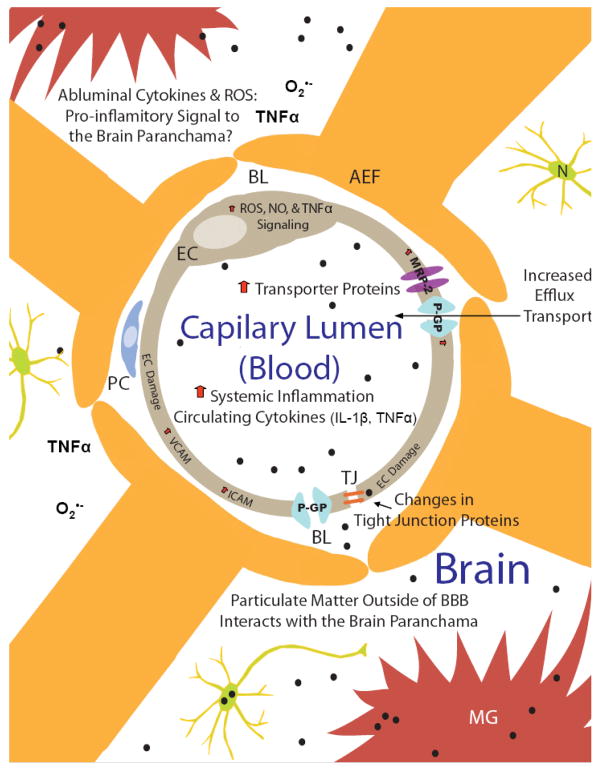Figure 3. Air pollution impacts the BBB at the cellular level.
Brain capillaries form a chemical and physical barrier comprised of multiple cell types, metabolizing enzymes and transporter proteins, protecting the brain from external insult. The circumference of the capillary lumen is surrounded by a single endothelial cell (EC) and the opposing membranes are sealed by tight junctions (TJ). Pericytes (PC) are attached to the abluminal surface of the EC and are thought to regulate BBB function. The basal lamina (BL) is contiguous with the plasma membranes of astrocyte end-feet (AEF) surrounding both the PC and the EC. Black dots depict particulate matter. Chronic exposure to air pollution results in an increase in peripheral circulating cytokines and particulate matter (the particle components of air pollution). Upon chronic exposure to high levels of air pollution, there is a decrease in tight junction proteins, evidence of endothelial cell damage, and upregulation of VCAM/ICAM in the cerebral vasculature, suggesting potential failure of the physical barrier. In addition, particulate matter causes production of cytokines and reactive oxygen species (ROS) in brain capillaries, which signal changes in transporter expression and function (e.g. P-glycoprotein, P-GP and Multidrug Resistance Associated Protein-2, MRP2) and a decrease in expression of various tight junction proteins. Thus, brain capillaries recognize air pollution and respond by regulating the physical and chemical barrier function and producing pro-inflammatory signals. In addition, this response may serve as a pro-inflammatory sensor and ultimately distribute ROS, cytokines, and particulate matter to the brain parenchyma, further contributing to CNS pathology.

